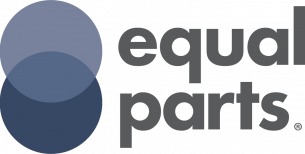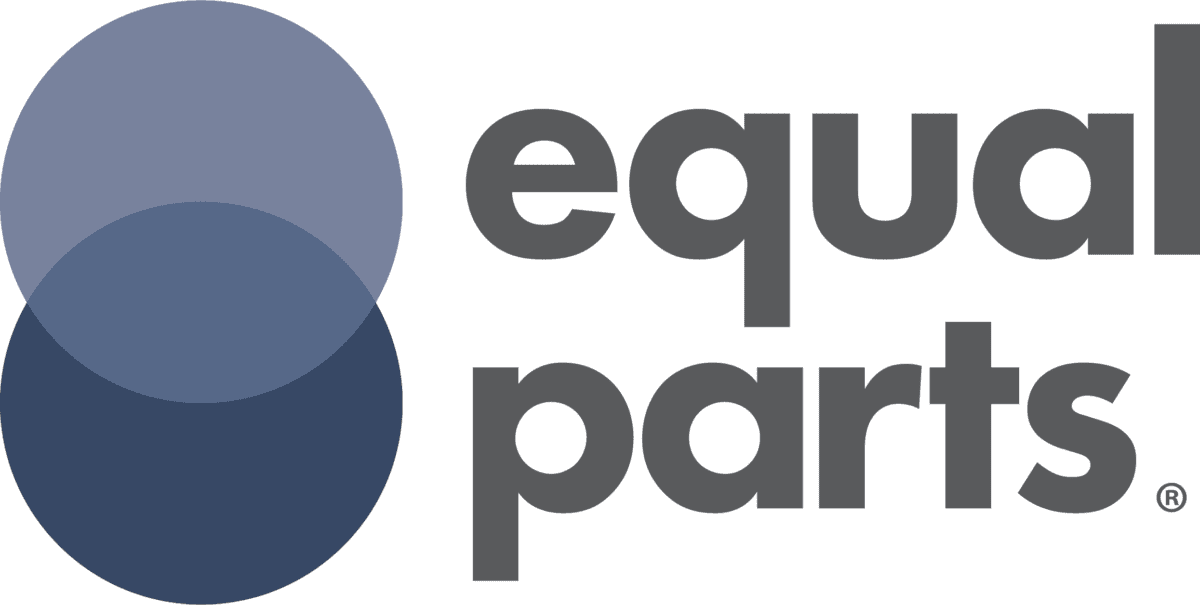If you are involved in your organization’s information technology, you have likely heard the phrase infrastructure optimization in the recent past. Infrastructure optimization is a maturity model by Microsoft used frequently in the Agile approach to IT. It renders the efficiency and effectiveness of a company’s IT ecosystem measurable.
It is a wise idea for the leadership team to understand the infrastructure optimization model and its goals. By illuminating key performance areas in IT’s broad portfolio, it enables a holistic view of a complex system that can be a valuable reference when dealing with other business areas.
Likewise, non-technical leaders have roles to play in driving a company culture capable of maximizing the impact of technology and sustaining those advantages on the long term. They may serve as executive sponsors of infrastructure optimization initiatives or work as cross-functional partners in resourcing and implementation.
With an appropriate roll-out backed by broad-based support, infrastructure optimization delivers the potential to raise efficiency across the enterprise. Potentially more important is the shift toward best practices and repeatable results that pivots IT from cost center to value engine, giving it a seat at the strategy table.
Understanding The Infrastructure Optimization Model
There are three parts to the infrastructure optimization model:
1. Core
Core technologies are necessary to the basic functioning of the business. Though they serve as critical infrastructure, they are also what gives information technology its traditional reputation as a cost center. The principal goals within the Core category are to raise efficiency and reduce waste.
Core capability areas include:
- Identity and Access Management
- Desktop, Device, and Server Management
- Security and Networking
- Data Protection and Recovery
2. Business Productivity
Business Productivity consists of all the employee-facing software that facilitates collaboration throughout the organization. Within this sphere, you find the great majority of applications that extend the capacities of individuals and teams, including unified communications and search offerings.
The model ascribes the following capability areas to Business Productivity:
- Unified Communications
- Collaboration
- Enterprise Content Management
- Enterprise Search
3. Application Platform
Application Platform is specific to companies that perform in-house software development. It examines the maturity of the development life-cycle and the interplay between operational processes and the technology stack. Data management and business system efficiency are also considered.
These capability areas are housed under the Application Platform:
- User Experience
- Business Intelligence
- SOA and Business Process
- Data Management
- Development
Infrastructure Optimization Maturity Levels And Their Meanings
Each component of the model is evaluated based on four levels of maturity:
1. Basic
A Basic level of maturity tends to indicate ad hoc solutions early in the enterprise life-cycle as a whole. Information technology is reactive rather than responsive, driven by technical problems as they arise. “Avoiding downtime” is the chief concern, but ironclad SLAs to internal stakeholders are not yet possible.
Capability areas that remain at the Basic level will tend to have difficulty scaling and meeting new demands. Problems dictate the tempo of IT at this level more than solutions. It is essential to recognize where this can produce bottlenecks that affect the entire company, especially as they relate to internal IT support.
2. Standardized
A Standardized IT organization has begun to move beyond the short-term cycle of putting out fires. Although it is still in a reactive mode, systems are fundamentally stable. This reflects that requests made by customers, not unexpected problems, now drive operations on a daily basis. Contracting SLAs remains out of reach.
While the move from Basic to Standardized IT can be challenging, the Standardized organization has the benefit of sufficient resources, documentation, and data to engage in constructive change management plans. It is far easier to set priorities and refine individual capability areas without adversely affecting others.
3. Rationalized
A Rationalized IT organization has made the transition from a reactive to a proactive mode. Accountability is the main ingredient in what amounts to a professionalization of the function. Lessons learned from project post-mortems can now be integrated as institutional wisdom, giving prominence to IT best practices.
For IT to achieve a fully rationalized scope, there must be increased monitoring of resource use. For example, a Standardized organization may find itself firefighting after implementing a Bring Your Own Device (BYOD) policy; a Rationalized one may use Unified Endpoint Management to automate provision and head off most issues.
Monitoring dovetails with the introduction of formal SLAs aligned with industry standards. IT operations are now predictable and formalized change management can secure lasting benefits through continuous process improvement. Changes may be incremental rather than structural, but they are consistent and strategic.
A Rationalized function still accepts and manages requests, but is now animated mainly by quality assurance.
4. Dynamic
Relatively few capability areas will reach the Dynamic stage, which often reflects a core value proposition.
The Dynamic level represents a significant institutional commitment that requires substantial, sustained investment of effort and expertise. Infrastructure optimization now takes into account the interplay between cost and quality, having clarified and measured relationships between them throughout the technology stack.
SLAs are delivered as a matter of course and a robust disaster recovery plan is typically in place. Continuous improvement has moved from the periphery to the center of the IT vision. Self-assessment is used on a regular basis to maintain strategic adherence. The IT organization anticipates requests and acts as a vanguard.
As part of an ethos of “taking the lead,” IT is now a strategic partner to all other key functions.
It is unusual for an enterprise to reach Dynamic maturity without resolving the conventional communication gap that can exist between IT and the rest of the business. IT must be free to outgrow the custodial role of a Basic or Standardized view by collaborating at the highest levels to orchestrate resourcing for other functions.
That, in turn, equips teams, divisions, and departments to pursue their stretch goals and “blue sky” projects.
Infrastructure Optimization Points The Way To Unlocking Business Potential
It is intuitive to assume that industry-leading organizations will strive for Dynamic maturity in all elements of infrastructure optimization. In practice, however, this is not the case. Bridging the divide from one maturity level to the next calls for a diligent change management campaign that incurs its own opportunity costs.
For non-IT stakeholders, the infrastructure optimization framework is most helpful in how it facilitates integrated thinking about the relationships between people, processes, and technologies. Systems thinking can be used across all functional areas to uncover opportunities for progress and define roadblocks that stand in the way.
IT benefits uniquely from a long history of standards development. Stretching all the way back to the earliest networks, this focus on measurable results and process improvement was necessary to ensure systems would work reliably. Many other aspects of business remain less scientific by default.
Equal Parts helps you bring the same level of intellectual rigor to all facets of your business. Collecting and analyzing the right data empowers you to transform raw input into actionable insights that foster development of an effective company culture. To learn more, contact us.

